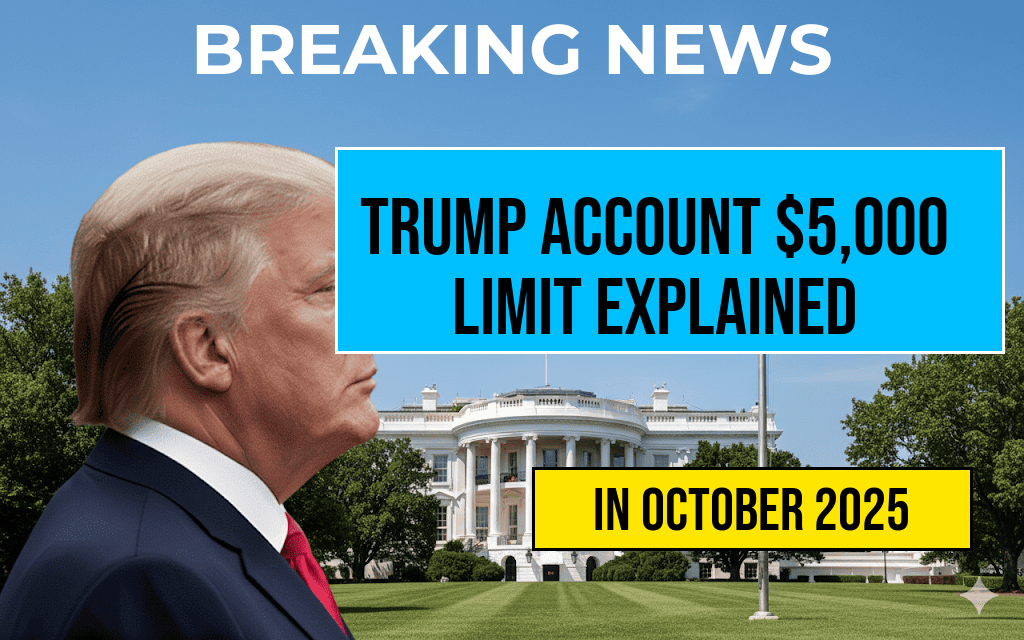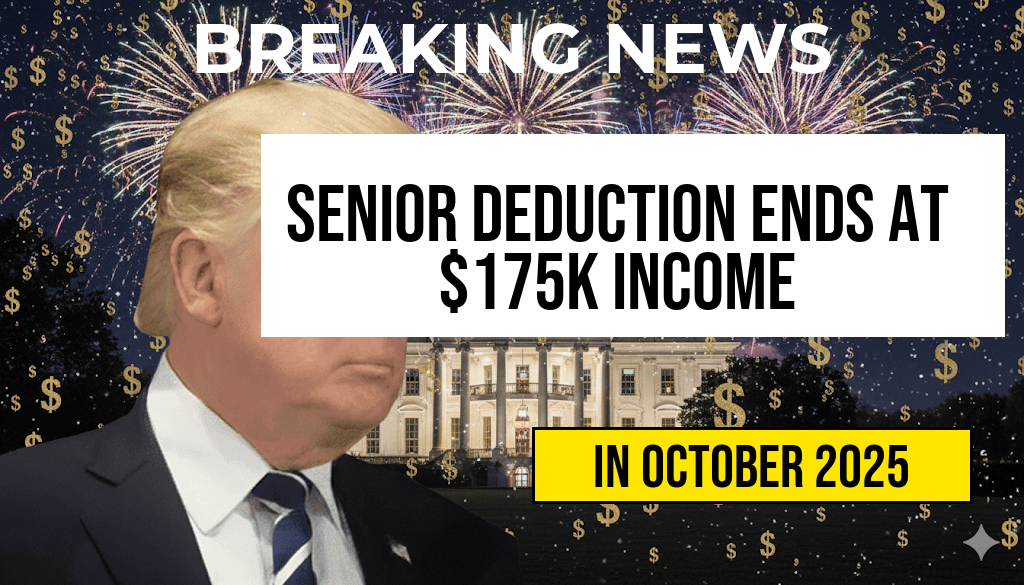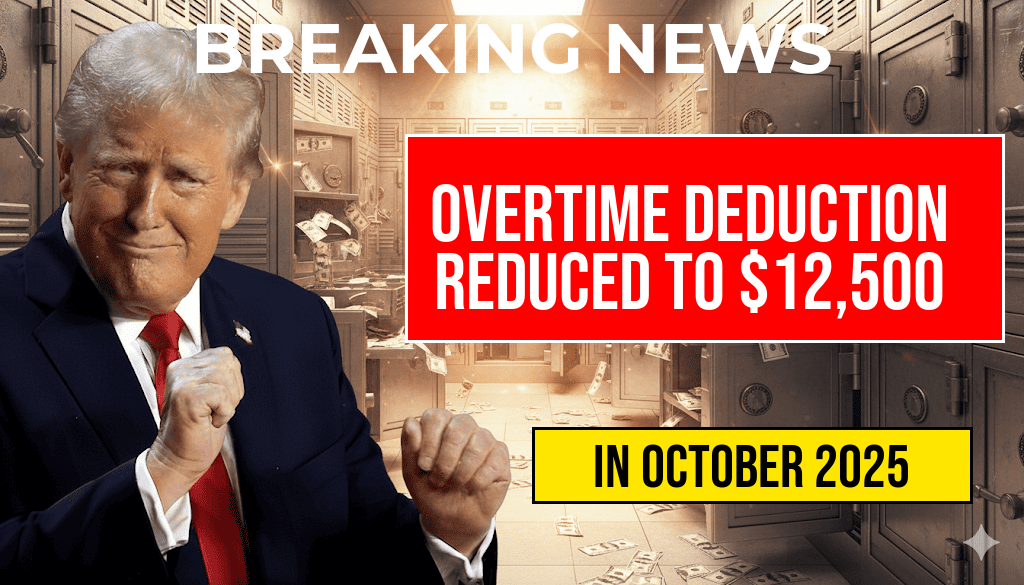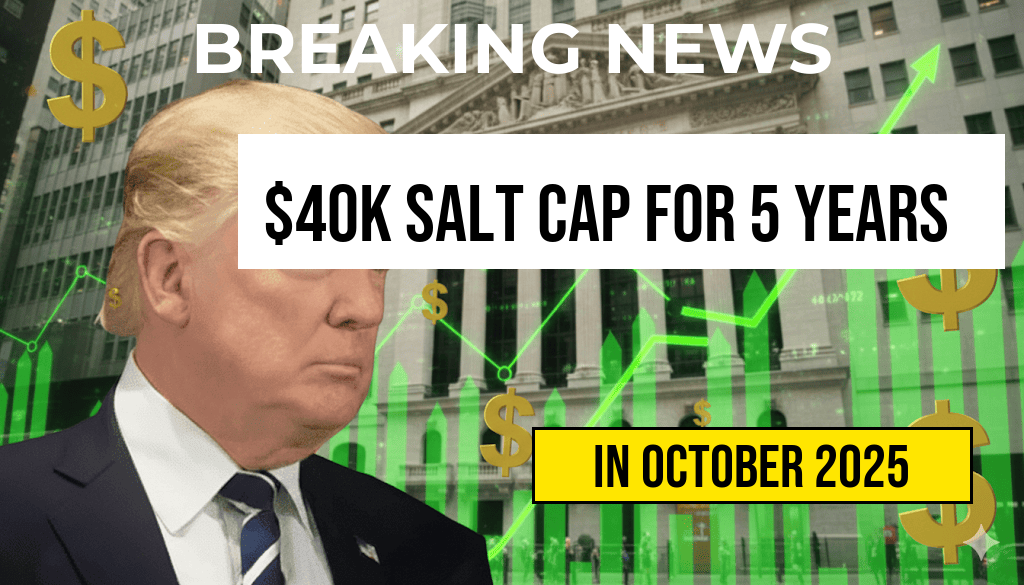The recent clarification surrounding the $5,000 annual contribution limit to Trump accounts has sparked widespread discussion among investors, financial advisors, and policymakers. While the figure may seem straightforward, its implications are multifaceted, touching on tax strategies, estate planning, and regulatory compliance. The limit, set by federal regulations, seeks to balance encouraging savings with preventing tax abuse, but its application to Trump accounts—often associated with political or charitable entities—adds layers of complexity. This article unpacks the origins of the limit, its practical effects, and what stakeholders should consider to navigate its constraints effectively.
Understanding the $5,000 Contribution Cap
Origin and Purpose of the Limit
The $5,000 annual contribution limit stems from federal regulations designed to control tax-advantaged accounts, such as IRAs and certain types of charitable funds. These limits are periodically adjusted for inflation but have historically remained relatively stable. The goal is to prevent high-net-worth individuals from exploiting tax-advantaged vehicles to shield large sums of wealth from taxation, ensuring a fairer system for all taxpayers.
Specifically, in the context of individual retirement accounts (IRAs) and related accounts, this cap restricts the amount that can be contributed annually, thereby limiting the potential for tax-deferred growth beyond set thresholds.
Application to Trump Accounts
While the term “Trump accounts” may colloquially refer to accounts associated with former President Donald Trump, it more precisely pertains to specific financial vehicles or charitable entities linked to his name that adhere to federal contribution limits. These might include political action committees (PACs), charitable foundations, or investment vehicles structured to comply with contribution caps.
In recent years, regulatory bodies have scrutinized such accounts to ensure compliance with contribution limits, especially when large donations are involved, raising questions about the strategic use of these accounts for political or philanthropic purposes.
Implications for Stakeholders
For Individual Investors
- Tax Planning Strategies: Investors must carefully structure their contributions to maximize benefits without exceeding the annual cap. Overcontributing can result in penalties, while under-contributing might limit potential growth.
- Account Management: Regular monitoring and adherence to contribution limits are essential, especially when making multiple contributions across various accounts.
- Legal Compliance: Violating contribution limits can trigger audits or penalties, emphasizing the importance of accurate record-keeping and compliance checks.
For Political and Charitable Entities
- Fundraising Limits: Organizations linked to political figures or charitable causes must strategize their fundraising efforts within the set contribution limits to avoid legal complications.
- Transparency and Reporting: Accurate reporting of contributions is necessary to maintain regulatory compliance and public trust.
- Tax Deductibility: Contributions within the limit are often tax-deductible, but exceeding the threshold may disqualify the donation from benefits, affecting donor incentives.
For Policymakers and Regulators
Establishing and enforcing contribution limits like the $5,000 cap is a delicate balance. Regulators aim to prevent undue influence in political funding while allowing legitimate participation. Ongoing oversight ensures that accounts linked to prominent figures like Trump operate within legal boundaries, preserving the integrity of campaign finance and charitable activities.
Potential Challenges and Future Considerations
| Aspect | Details |
|---|---|
| Annual Cap | $5,000 per account or donor per year, subject to specific account types |
| Inflation Adjustment | Limits are periodically adjusted but remain relatively stable over time |
| Applicability | Applies to political donations, charitable contributions, and certain investment vehicles |
| Enforcement | Regulated by the Federal Election Commission (FEC) and IRS guidelines |
As political landscapes evolve and regulatory frameworks adapt, the enforcement of contribution limits will likely remain a key focus. The increasing complexity of financial instruments also raises questions about how these caps apply across diverse account types, especially with emerging digital assets and hybrid charitable-political entities.
For those involved with or interested in the nuances of contribution limits, resources such as the Federal Election Commission and the IRS Charitable Organizations provide detailed guidance to ensure compliance and strategic planning.
Frequently Asked Questions
What is the $5,000 annual contribution limit to Trump accounts?
The $5,000 annual contribution limit refers to the maximum amount an individual can contribute each year to Trump accounts, which are specialized investment or savings accounts associated with Donald Trump or his affiliated entities.
Who is affected by the $5,000 contribution limit?
This limit primarily impacts individual investors, donors, and supporters who wish to contribute to Trump-related financial accounts or funds, ensuring their contributions do not exceed the set annual cap.
What are the implications of this contribution limit?
The implications include restrictions on the amount of support or investment one can provide within a year, potentially influencing campaign funding, political contributions, or personal investments linked to Trump accounts.
Can the $5,000 limit be exceeded through other means?
Generally, no. The $5,000 limit is set to prevent exceeding allowable contribution thresholds. However, certain gift or transfer rules may have different limits, so it’s essential to consult relevant regulations.
How does this limit affect future contributions or investments?
The $5,000 cap resets each year, so contributors can make new contributions annually. It encourages strategic planning to maximize support within the legal contribution boundaries.







